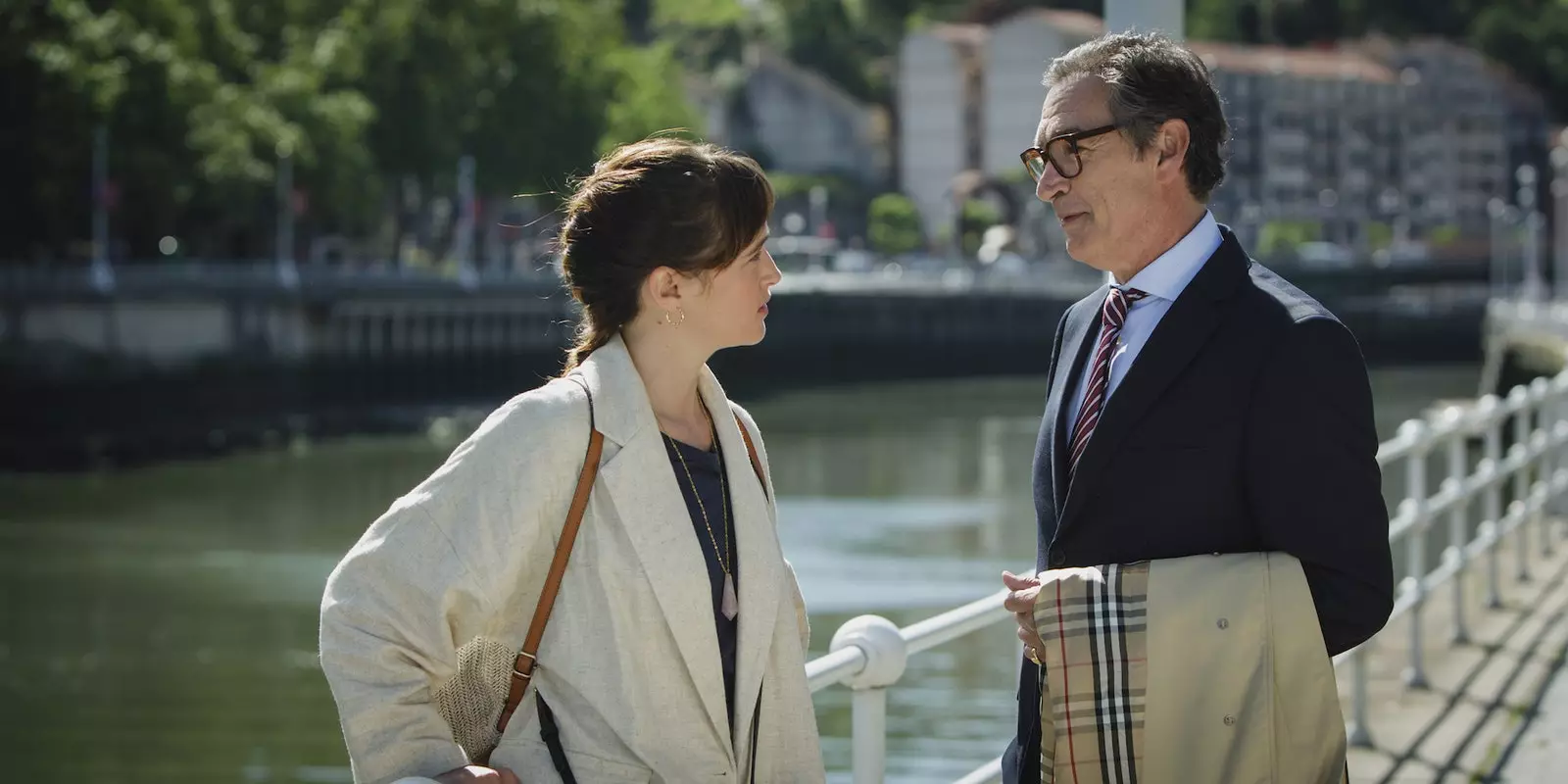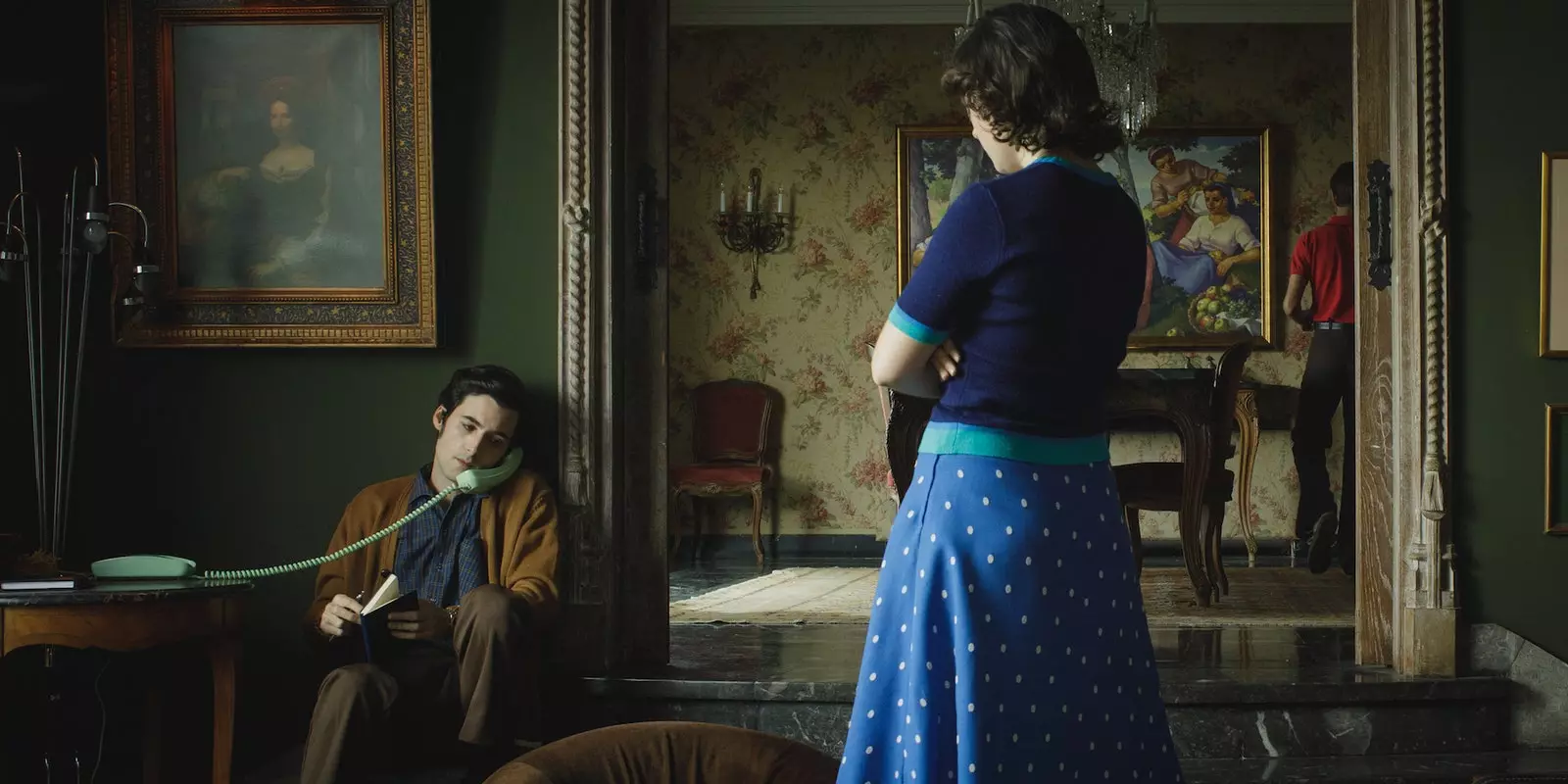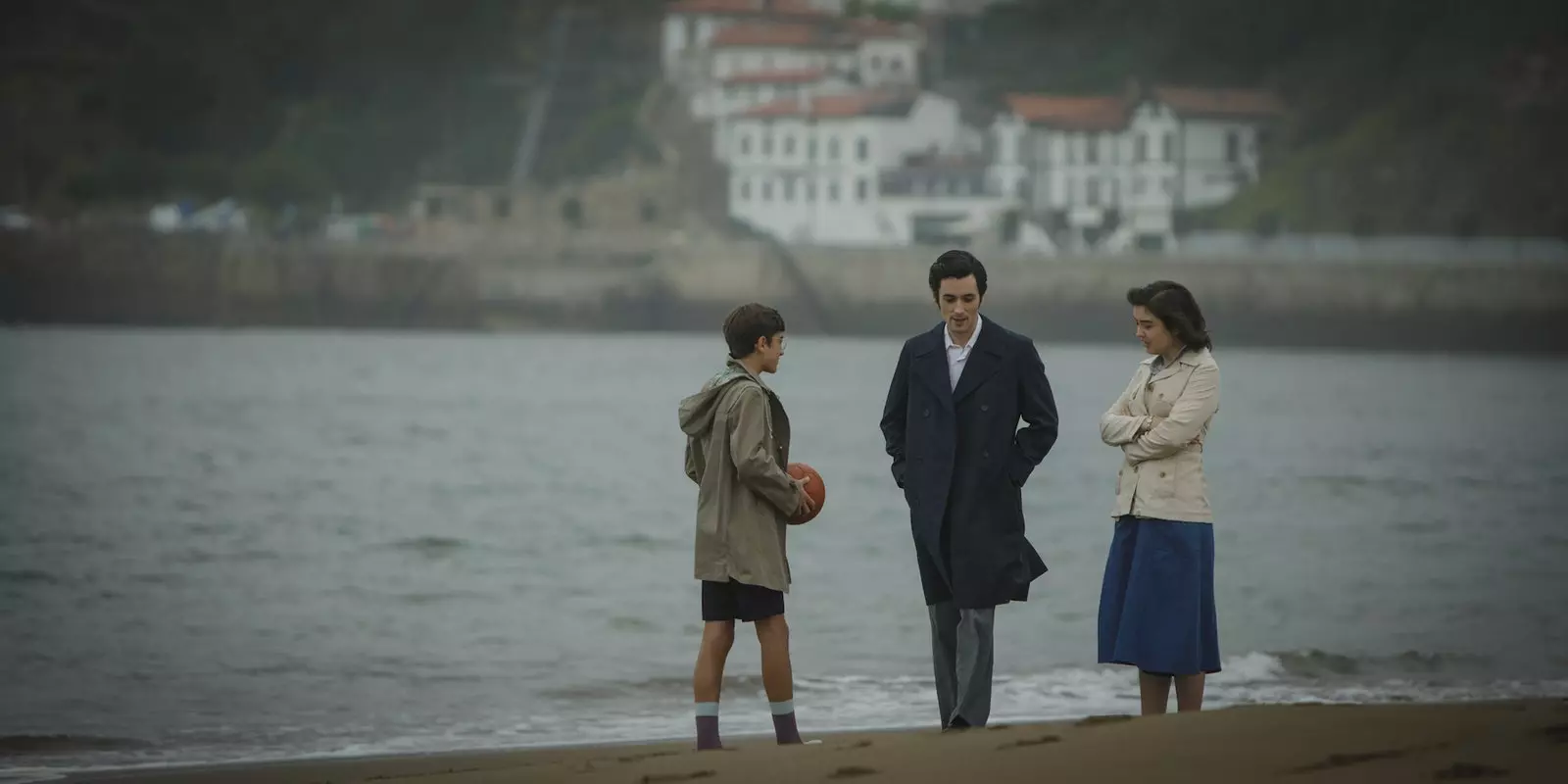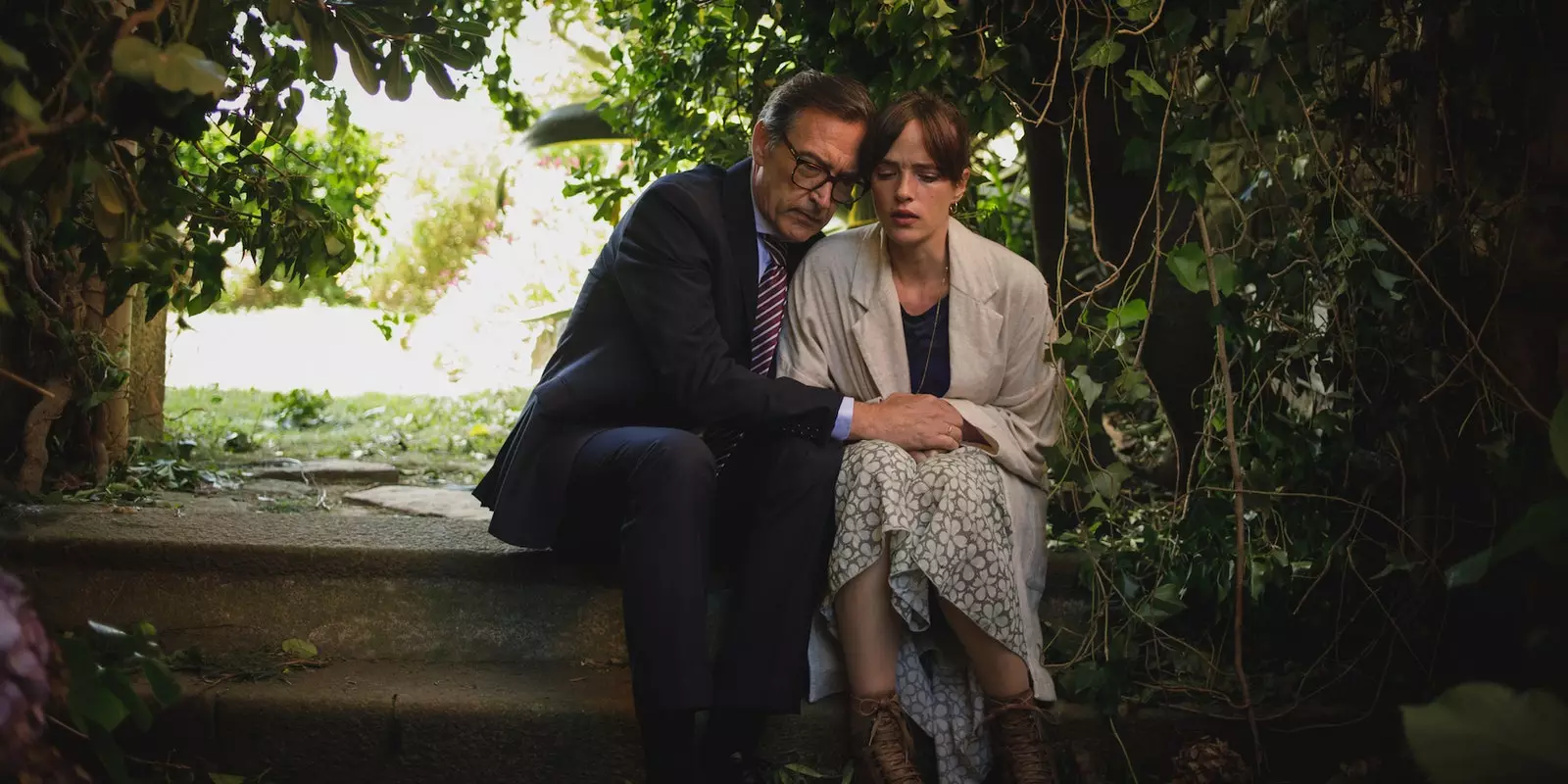After the death of his mother, Gabriela Ybarra she tried to seek solace in writing. She had written all her life, but at that moment she found in the act of sitting in front of the blank sheet of paper a form of healing. This is how it was born in 2015 The diner, the novel that told the story of her family and that Ybarra had filled in with fiction. A very celebrated story and nominated for the international Man Booker Prize.
The day of the book launch Gabriela Ybarra and Angeles Gonzalez-Sinde, screenwriter, director and former Minister of Culture, they met. She loved the book and offered to adapt it. Seven years after that moment comes the film of the same title, The diner (Theatrical release May 27).
“I think that, unlike other adaptations, this film and novel are complementary, they don't cancel each other out,” explains González-Sinde, who hadn't directed a film for 14 years, since Una voz tuya. "The film leans much more on something that is almost at the end of the novel and here it becomes the central axis: the relationship between the father and the daughter." Played by Gines Garcia Millan and Susana Abaitua (Homeland).

Father and daughter in Bilbao.
The story of El comensal is that of Gabriela's family, but also a little that of Spain silences, reconciliations, duels, memory. Her grandfather, Javier de Ybarra, mayor of Bilbao, president of the Vizcaya Provincial Council and of El Correo, was kidnapped on May 20, 1977 by ETA and murdered a month later. Enrique deYbarra, his son and father of Gabriela, was threatened by the gang for a decade and had to move to Madrid. Both things were not discussed in his house, but after the death of his mother in 2011, the writer needed answers, she needed to give voice to grief, to memory.
In the novel, the action took place between that painful Basque Country of the 70s and a current one, between New York and Madrid. In the film, in which González-Sinde has put “another layer of imagination and memory” changing the names of the characters out of respect and to put distance, the scenarios also vary somewhat. “This is a fictional family. We have not sought the literalness of the real events, ”she explains. "But it was very important to recreate Neguri in Neguri”. The Ybarra family lived there and they were lucky enough to find “a spectacular house facing the sea” that still conserved “the original architectural details without altering”.
“I care a lot about the spaces in which the characters move, I think the places we inhabit also shape us and speak of us”, continues the writer and director.

The Ybarra house.
VARIOUS TIMES, VARIOUS PLACES
Trying to avoid labels that mark places and time, González-Sinde looked for spaces and sets that would mark the contrasts well so that the viewer would immediately place himself in 1977, in the 90s or in 2011. “For example, Bilbao and Neguri are the sea or the estuary and, on the other hand, there is the forest that plays an almost character role in the film,” she says. "Madrid, instead, they are buildings with no surrounding landscape. Y Pamplona It had to be Pamplona, very recognizable in its hospitals, universities, its old town and of course San Fermín”.
Pamplona is a change from the novel. “The character of the daughter lives in New York and the mother and father travel to New York, but with the pandemic it was impossible to shoot there, and since Navarra was going to host the shoot, I decided moving the action to Pamplona because narratively it worked even better for me: there are good universities where it is plausible that the protagonist is working and there are good hospitals where people from all over Spain go for treatment. And, in addition, it shares a lot of culture and traditions with the Basque Country, which helped me to generate tension in the father”, Sinde develops.

Years 70, Ereaga beach.
They also changed the Mount Gorbea, where the body of Javier de Ybarra was found, for Ulzama valley. Near Pamplona. "It was very important. That forest is not only in the mountains. It is also in the background at the Ubarmin clinic in Pamplona where we shot, a wonderful project from the 1960s by the architect Fernando Redón. The forest is the mystery, it is the threat of something greater than the characters do not control, ”she comments.
They shot between May and June 2021, which came in handy "because the real events took place between May and June 1977 and between May and June 2011 and, therefore, the landscape had the same lushness."
Appear Getxo (a house on Avenida Basagoiti) and also Ereaga beach. And, in the end, the sea again. "I thought that for someone who was born and grew up with the sea nearby, going to the plateau must be hard," says the director. “It was a way of marking a renunciation and a longing. For that also the film had to end in a town on the coast of Biscay, facing the sea. and we choose Mundaka, a small and very preserved place where father and daughter confront each other”.

The diner.
